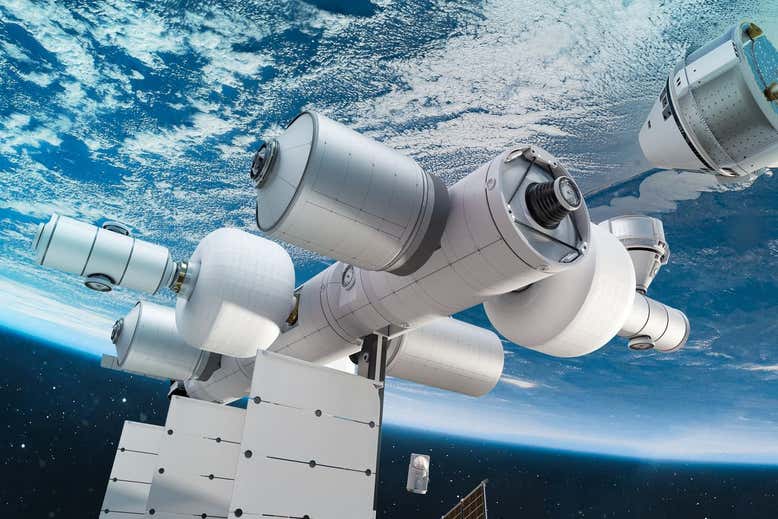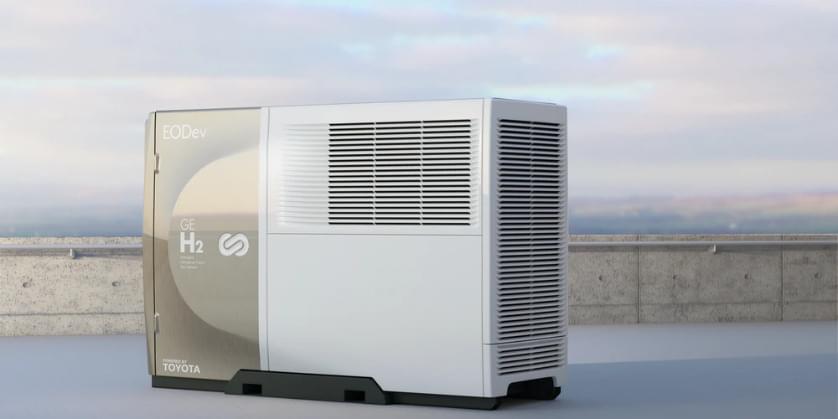Starship matters.


Hundreds of millions of years of evolution have produced a variety of life-forms, each intelligent in its own fashion. Each species has evolved to develop innate skills, learning capacities, and a physical form that ensures survival in its environment.
But despite being inspired by nature and evolution, the field of artificial intelligence has largely focused on creating the elements of intelligence separately and fusing them together after the development process. While this approach has yielded great results, it has also limited the flexibility of AI agents in some of the basic skills found in even the simplest life-forms.
In a new paper published in the scientific journal Nature, AI researchers at Stanford University present a new technique that can help take steps toward overcoming some of these limits. Called “deep evolutionary reinforcement learning,” or DERL, the new technique uses a complex virtual environment and reinforcement learning to create virtual agents that can evolve both in their physical structure and learning capacities. The findings can have important implications for the future of AI and robotics research.

There is no cure for the disease, for which Alzheimer’s is the most common form (about 75% of dementia cases).
But finding out what raises the risk can help people try and prevent it.
A new study has offered more clues about the type of people who typically get Alzheimer’s.
Weird flex, but OK.

Facebook chief Mark Zuckerberg on Thursday announced the parent company’s name is being changed to “Meta” to represent a future beyond just its troubled social network.
The new handle comes as the social media giant tries to fend off one its worst crises yet and pivot to its ambitions for the “metaverse” virtual reality version of the internet that the tech giant sees as the future.
Facebook, Instagram and WhatsApp will keep their names under the rebranding.


So would the private station be a viable replacement for the ISS? The ageing station, which is a partnership between the US, Russia and other nations, is only funded until 2,024 with a 2028 extension looking probable, but it cannot last forever.
Blue Origin says its space station will be fully operational in the late 2020s, but deadline slippage is common when it comes to huge space-related projects like this one. “They can dream of being fully operational in the late 2020s, but in the space sector they often aim for aspirational targets and if they miss it by a year or two or three then they at least have something they’re aiming for until then,” says space analyst Laura Forczyk. “It’s almost inevitable that things take longer and are more expensive than planned.”
Full Story:
Blue Origin, the space-flight firm owned by Amazon founder Jeff Bezos, is planning to build a space station – with the hopes that it could replace the International Space Station (ISS), which is reaching the end of its life.
The Orbital Reef space station, which Blue Origin is developing in partnership with other space firms including Sierra Space and Boeing, is intended to be a multipurpose destination in orbit, where different companies and governments could pay to send their own astronauts and experiments, and space tourists could visit, says the firm. The station is proposed to be slightly smaller than the ISS, with capacity to house 10 astronauts – the ISS generally carries seven crew members, but it has had as many as 13 at a time.
“We will expand access, lower the cost, and provide all the services and amenities needed to normalize space flight,” said Blue Origin’s Brent Sherwood in a statement. “A vibrant business ecosystem will grow in low Earth orbit, generating new discoveries, new products, new entertainments, and global awareness.”

Dubbed GEH2, the hydrogen system has a size of 1,150×2,200x3350mm and weighs in at 3.5 tons. It features IP43 ingress protection and is able to operate at temperatures between-5 and 45 degrees Celsius. Its output voltage is between 230 and 400 V.
The generator has a power of 110 kVA and its lifetime is guaranteed for two years or 15,000 hours. Its autonomy at 50% of prime running power is around eight hours. It can be started instantaneously and also features a double adduction system that allows continuous operation.

Solar particles blasted out in association with the flare could hit Earth tomorrow (Oct. 29).
A major solar flare erupted from the sun on Thursday (Oct. 28) in the strongest storm yet of our star’s current weather cycle.
The sun fired off an X1-class solar flare, its most powerful kind of flare, that peaked at 11:35 a.m. EDT (1535 GMT), according to an alert from the U.S. Space Weather Prediction Center (SWPC), which tracks space weather events.
Musk may have to pay more taxes and he’s not happy about it (of course he’s not).
Elon Musk may have to pay more taxes as part of a proposed United States budget. Here’s what it means for the Tesla and SpaceX CEO’s Mars plans.